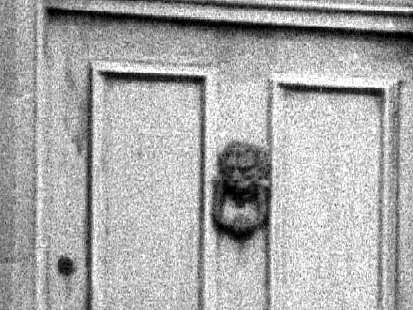


A horizontal slice of a full VERTICAL frame from the Contax showing the publisher's scruffy entrance yard and Andy's Seat Terror (OK, Terra) diesel boneshaker van. The fierce lion doorknocker dead center has been unpainted and remained uncleaned for the last hundred years. The door is never opened, for beyond it sits an ancient skeleton covered in cobwebs. The skeleton is, regrettably, that of one of our cats' votive offerings to the god of clean carpets, and the reason we don't open the door is because it would scrape it all over the floor.
This strange optical test seemed as fair as any - with considerable difficulty all three cameras were persuaded to use Orwo NP15 ISO 25 film, and to make exposures at full aperture without over-exposing the film. The doorknocker was positioned first central, then at the long edge position. The centre and edge positions are not exact, especially the edges, which were around 2/3rds out � the viewfinders of these cameras do not show the full field precisely.
We only tested at full aperture, as by f/8 all three makes were indistinguishably equally fine in quality. The Leica Minilux Summarit lens is definitely better at f/2.4 centrally than the others, and while it shows equal fall-off to the Contax at the edges, the extreme corners remain sharp - which the Sonnar does not achieve. The Nikon 35mm lens is not as sharp as either of the German lenses, but is far more even, giving little change across the frame and presenting a particularly clean, easily printed negative.


Above left, Contax at f/2.8, center; right, edge.
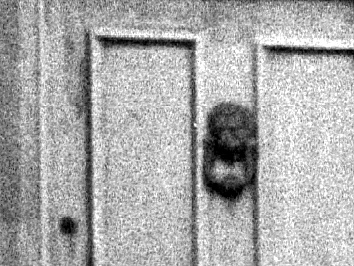
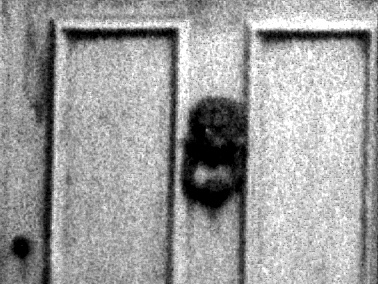
Above left, Nikon at f/2.8, center; right, edge.
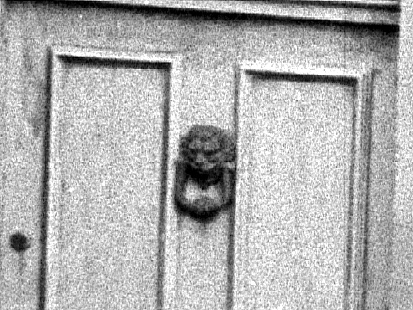
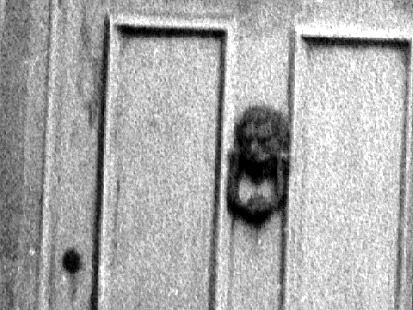
Above left, Leica at f/2.4, center; right, edge. The selective details are all 5,000 dpi scans shown here at 72 dpi, representing in every case a 68X enlargement, equal to a six-foot long print. The grain of the film is clearly resolved in all the scans.
Tackling this test revealed the shortcoming of all the cameras is using non-DX coded film and exposure over-ride.